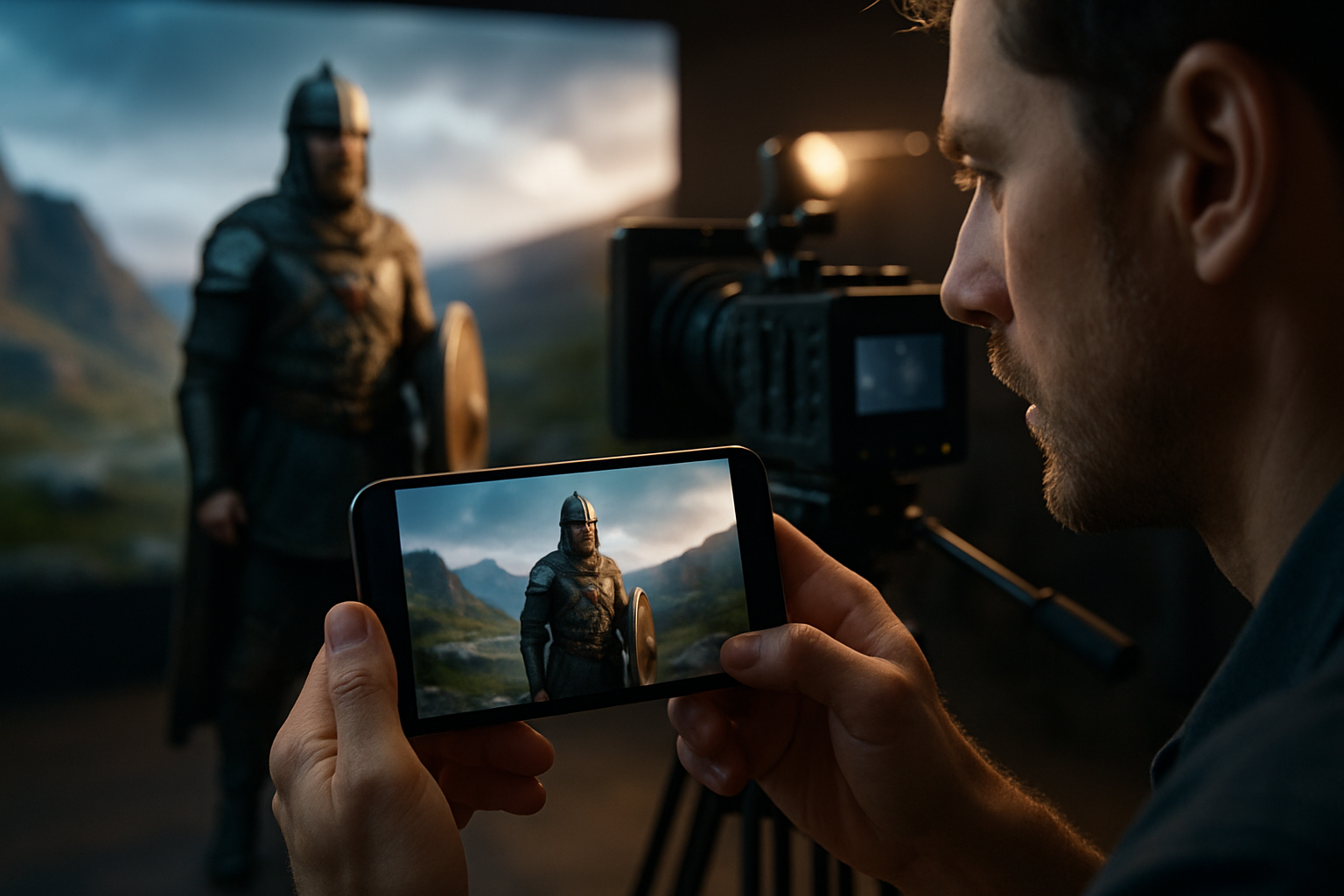The Cinematic Tapestry of Augmented Reality Filmmaking
In a world where technology and artistry intertwine, a new frontier of cinematic expression emerges. Augmented Reality (AR) filmmaking blends the tangible with the digital, creating immersive narratives that challenge traditional storytelling. This groundbreaking medium is reshaping how we perceive and interact with film, offering viewers a participatory experience that extends beyond the confines of a screen.

The convergence of sophisticated AR software, advanced camera technology, and powerful smartphones has catalyzed the growth of AR cinema. Filmmakers now have the tools to overlay digital elements onto the physical world, creating a hybrid reality that viewers can explore and manipulate. This technological leap has opened up new avenues for narrative construction and audience engagement.
Redefining the Viewer’s Role
AR filmmaking transforms the passive viewer into an active participant. Unlike traditional cinema, where the audience remains stationary, AR films encourage movement and exploration. Viewers become co-creators of the narrative, their choices and actions influencing the unfolding story.
This shift in viewer engagement has profound implications for storytelling. Filmmakers must now consider multiple narrative paths and interactive elements that respond to viewer input. The linear structure of conventional films gives way to a more fluid, dynamic narrative that adapts in real-time to the audience’s decisions.
The Craft of AR Storytelling
Creating an AR film requires a unique set of skills that blend traditional filmmaking techniques with cutting-edge technology. Directors must consider how digital elements will interact with the physical environment, ensuring a seamless integration that enhances rather than distracts from the story.
Storyboarding for AR films involves mapping out not just scenes, but entire interactive spaces. Cinematographers must account for the unpredictable movements of viewers, designing shots that work from multiple angles and perspectives. Sound designers create adaptive audio landscapes that respond to the viewer’s position and actions within the AR space.
Challenges and Innovations
As with any emerging medium, AR filmmaking faces its share of challenges. Technical limitations, such as the need for powerful devices and stable internet connections, can restrict accessibility. Additionally, the novelty of the format means that many viewers and creators are still learning how to navigate this new storytelling landscape.
Despite these hurdles, innovators in the field continue to push boundaries. Filmmakers are experimenting with location-based AR experiences that transform public spaces into interactive film sets. Others are exploring the potential of AR to create personalized narratives that adapt to individual viewers’ preferences and histories.
The Future of Cinematic Reality
As AR technology continues to advance, the possibilities for filmmaking expand exponentially. The integration of artificial intelligence could lead to truly responsive narratives that evolve based on viewer behavior. Haptic feedback and other sensory enhancements may further blur the line between the virtual and the real, creating fully immersive cinematic experiences.
The impact of AR filmmaking extends beyond entertainment. Educational institutions are exploring its potential for interactive learning experiences, while museums and cultural sites are using AR to bring history to life. As the technology becomes more accessible, we may see a democratization of AR filmmaking, empowering a new generation of storytellers to create immersive worlds limited only by their imagination.
Conclusion
Augmented Reality filmmaking stands at the intersection of art and technology, offering a glimpse into the future of storytelling. By merging the physical and digital realms, it creates a new canvas for creative expression that engages audiences in unprecedented ways. As this medium evolves, it promises to revolutionize not just how we watch films, but how we experience and interact with stories in our everyday lives. The cinematic tapestry of AR filmmaking is still being woven, with each new project adding vibrant threads to an ever-expanding artistic vision.





